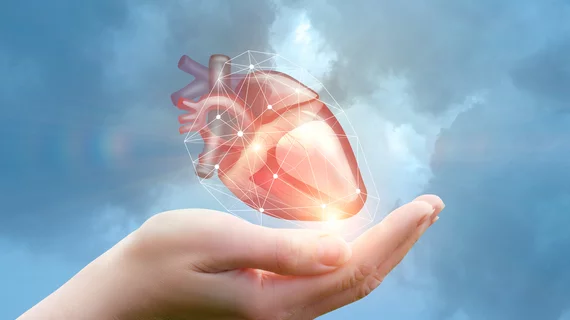Malleable polymers could contribute to development of artificial hearts
Researchers in Italy are developing “smart,” photo-responsive materials they hope will replicate the mechanical properties of a human heart in an artificial format, Cosmos Magazine reported July 12.
Camilla Parmeggiani, of the University of Florence, told the outlet her team’s aim is to create a first prototype of artificial muscle using liquid crystalline elastomers (LCEs). LCEs are biocompatible polymers that can move and change shape in response to various stimuli, and Parmeggiani said she and her colleagues have designed and synthesized “a veritable palette of ELCs capable of contracting under light stimulation.”
“These materials were mechanically characterized as if they were muscles, with the aim of identifying those with the properties most similar to those of our heart,” she told Cosmos.
Parmeggiani et al.’s work resulted in a biocompatible material that’s able to replicate the strength levels of an original muscle, meaning it might one day be capable of replacing damaged heart muscle after an MI or in patients with cardiomyopathy. It could also work as an assistant to improve contractile function in damaged hearts.
Read the full story from Cosmos:

